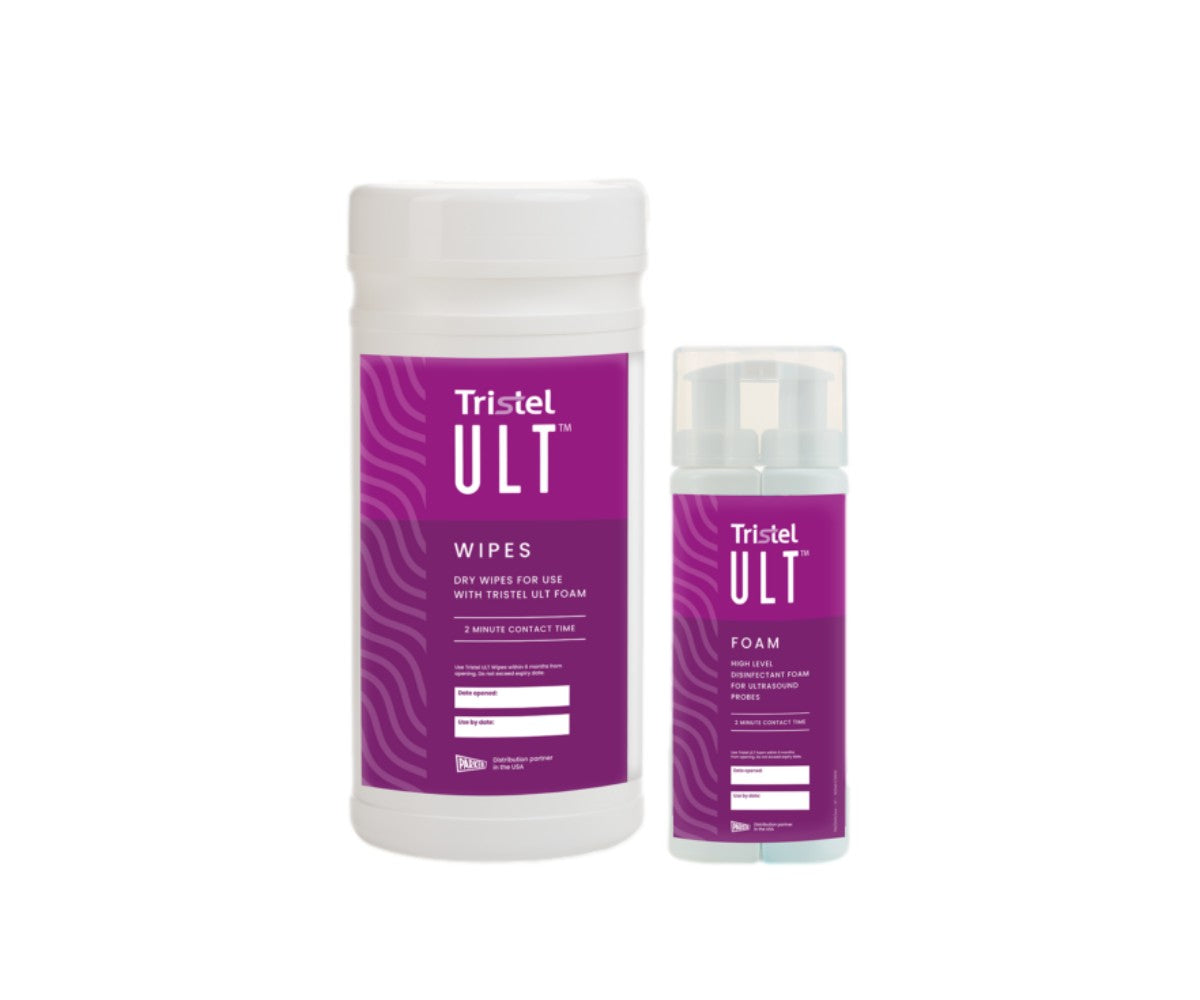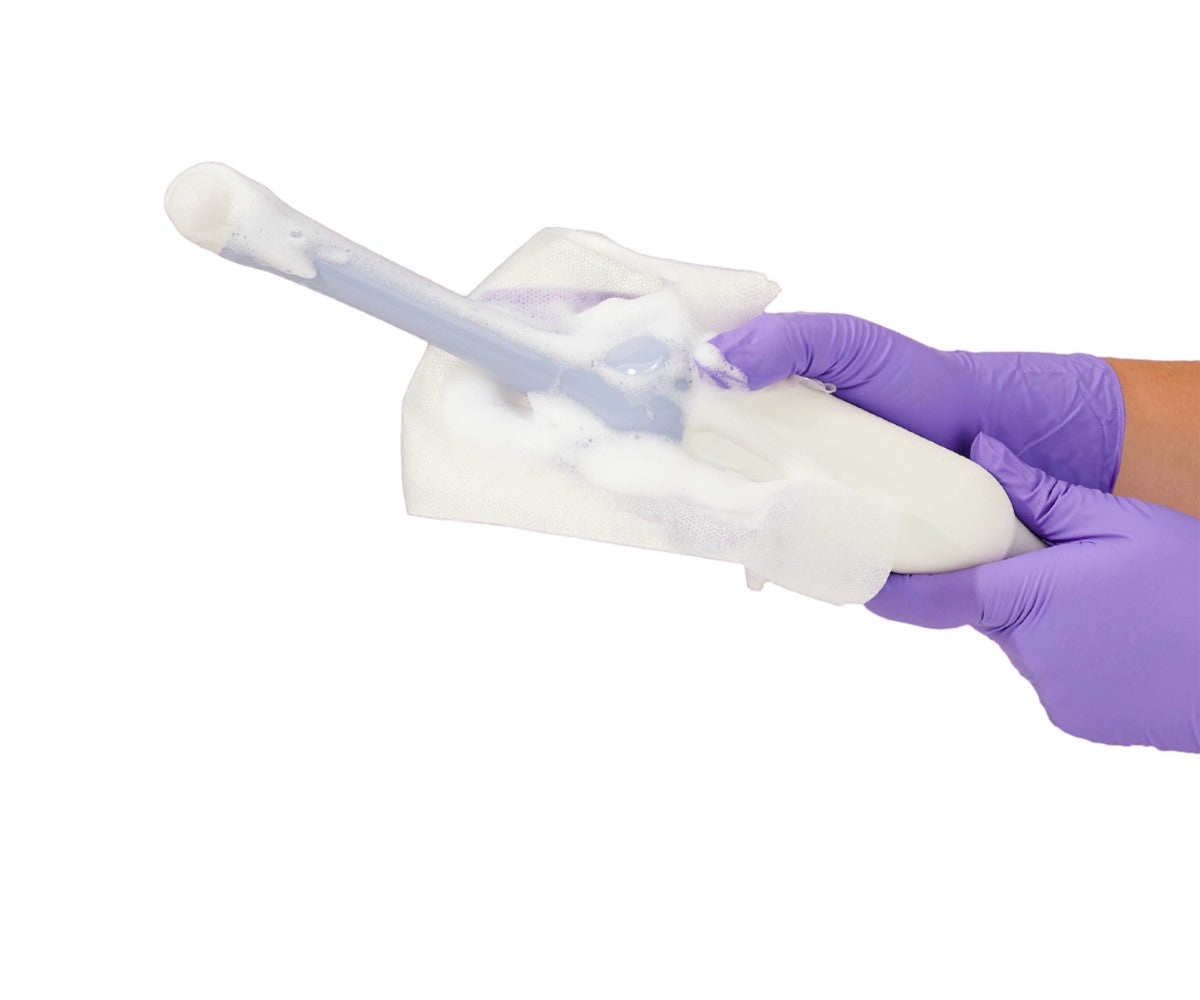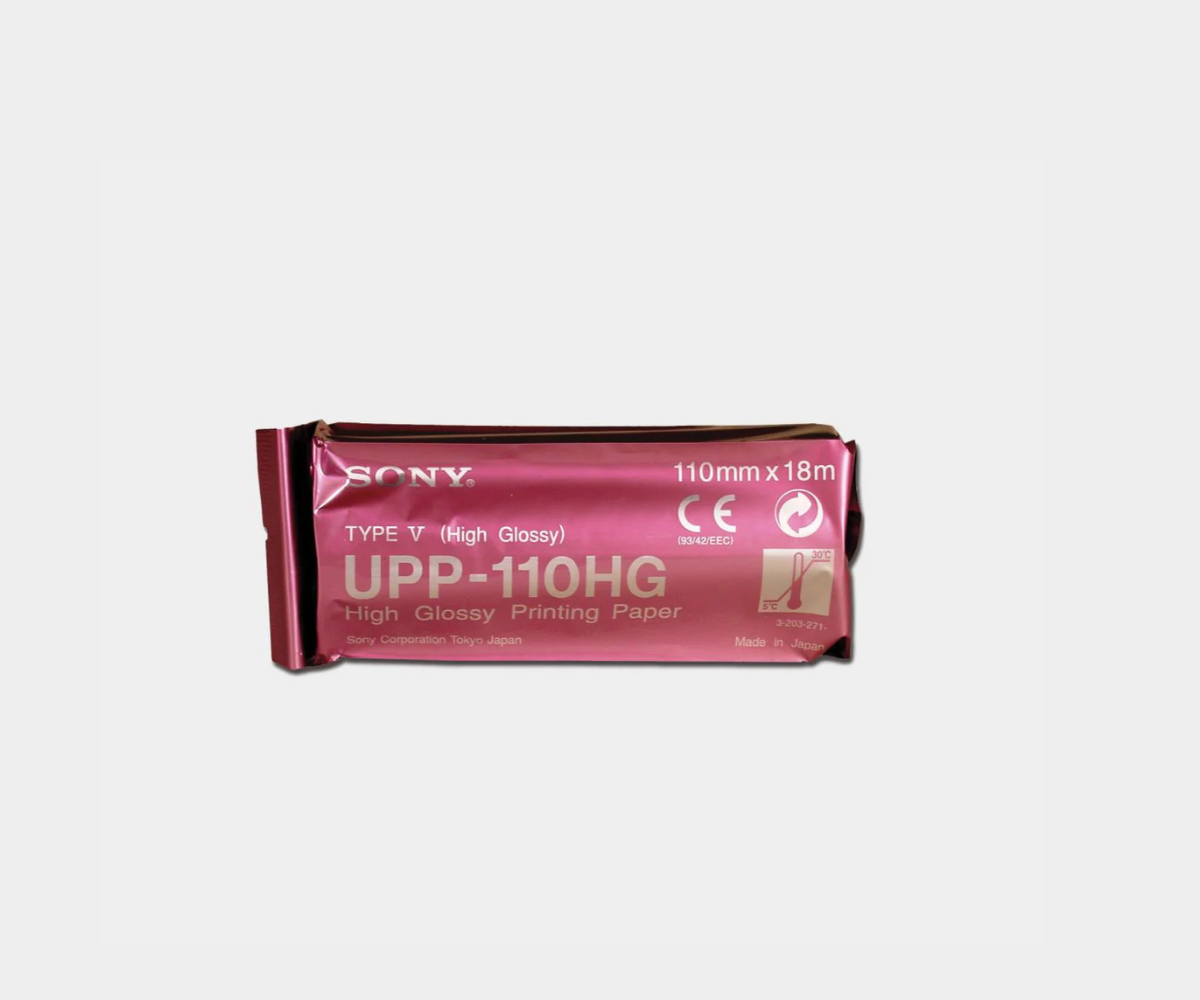Surface disinfection in healthcare facilities is a key aspect of a proper infection control strategy against Hospital Acquired Infections (HAI). Even if there has been much debate on whether contaminated surfaces in healthcare settings carry infection risk to patients, it is now recognized that the environment can facilitate transmission of several important HAIs including Clostridium difficile and MRSA.
What are the solutions for surface disinfection that could efficiently prevent outbreaks of HAIs? When dealing with infection control, the right move is to first review the CDC’s recommendations. Let’s start our thinking with the current CDC’s guidelines for surface disinfection in healthcare settings.
Recommendations for surface disinfection
In 2008, the CDC published guidelines on disinfection and sterilization in healthcare facilities. In this document, we can find many recommendations targeting environmental surfaces that you can find here conveniently summarized:
Everything starts with a thorough examination of your surface. If an equipment’s surface is damaged, it might impair disinfection and therefore should be discarded. The same goes for other surfaces, such as walls and floors, as they should be fixed to ensure maximum efficiency of disinfectants.
Always select the appropriate EPA-registered hospital disinfectant following Spaulding classification: for example, surfaces that touch intact skin (noncritical surfaces) should undergo low-level disinfection. Moreover, to optimize efficiency of the disinfection process, staff must follow manufacturer’s instructions such as use-dilution, storage, and most importantly contact time. It should be noted that the CDC specifies that noncritical surfaces should never be disinfected with high-level disinfectants or liquid chemicals.
Environmental surfaces should be disinfected on a regular basis, and when surfaces are visibly soiled.
An effective protocol: the first key to success
The CDC’s guidelines are an excellent point to start establishing our surface disinfection strategy. Selecting the best protocols can still be a difficult task with only this information. In infection control, we don’t have to reinvent the wheel: a quick overview of best practices can greatly help us.
A study published in 2018 in The Open Nursing Journal tried to assess the effectiveness of surface cleaning and disinfection in a Brazilian healthcare facility. They conclude that in order to optimize the effectiveness of cleaning and disinfection, housekeeping staff and the nursing team must undergo infection control training with an emphasis on how important their role is. Healthcare facilities must establish more precise cleanliness protocols and accurate monitoring systems to make sure outbreaks of HAIs are properly averted. This study is not the only one recommending such actions, like this one published in 2013 in GMS Hygiene and Infection Control, promoting written standard operating procedures, adequate training, and suitable audit systems.
It is also worth noting an initiative led by emergency personnel from one UK hospital. In the ER, following disinfection protocols can become very difficult considering the staff is always facing emergencies. However, this current pandemic revealed how important frequent disinfection is key to preventing cross-contamination. To make sure the disinfection protocol was followed, the facility began announcing on the PA system an alert that reminds anyone in the ER to comply with environmental infection control policy by disinfecting surfaces and other equipment.
These strategies and initiatives are real life examples that can help you define your environmental surface disinfection protocols; however, you need to properly adapt them to your facility and your staff to make sure you get the most out of them.
How to select the most relevant disinfectants – our recommendation for surfaces
Using the appropriate disinfectants is key for an effective infection control strategy. Naturally, the selection must be well thought out to balance effectiveness, cost, ease-of-use, while focusing on patient care. When dealing with surface disinfection, you also need to consider preserving them. A perfect example of surface disinfectant would be the Parker Protex disinfectant, as a spray.

Environmental surfaces are considered noncritical following the Spaulding classification: our recommendation had to be a low-level disinfectant. With COVID-19 concerns still being top of mind for many healthcare facilities, the disinfectants should also be effective against SARS-COV2, along with different pathogens such as bacteria, viruses, spores, and fungi. You can review our dedicated page to find the full list of pathogens.
In infection control, time is of the essence. That's why it's important that you consider the contact time of your selected hospital-grade disinfectant. Parker Protex has the advantage of being quick and efficient: it starts killing on contact. This means that in just 15 seconds it eliminates 99.9% of bacteria. It is essential, however, to follow the manufacturer's recommended contact time to maximize the reduction of pathogens on the surface. Failing to follow the manufacturer's recommendations can reduce the effectiveness of the disinfectant and thereby pose a risk to patient safety.
Additionally, Protex is bleach-free, alcohol-free, and solvent-free. All the key manufacturers of ultrasound equipment approve and recommend this spray, creating an ideal opportunity to simplify disinfection processes, since this product can be used for surfaces and ultrasound material at the same time.
It is also important to note that this disinfectant comes as a spray. In a study published in BMC Infectious Diseases, researchers demonstrated that contamination of disinfectant solutions can occur: on the 66 buckets used for surface disinfection they tested, 28 were contaminated. Using a spray for surface disinfection doesn’t require such equipment and eliminates the need to properly care for them, offering better odds against outbreaks of HAIs.







